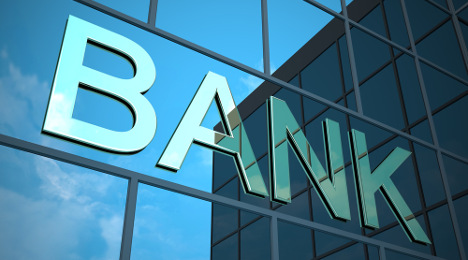Total Q4 auto charge-offs at banks eclipse $1B

For the first time according to the data that goes back to the first quarter of 2011 provided by the Federal Deposit Insurance Corp. (FDIC), commercial banks that participate in auto financing saw their quarterly charge-off amount surpass $1 billion.
While FDIC reported that insured institutions generated an 11.9 percent rise in net income during Q4, the agency also mentioned total auto loan charge-offs came in at $1.114 billion, up from $958 million in the third quarter and $966 million a year earlier.
The Q4 net charge-off rate registered in at a high point, too, ticking up 5 basis points higher year-over-year to land at 0.74 percent.
The total amount of outstanding paper held by commercial banks also is at the highest point in the FDIC’s data set. The 4Q level stood at $414.8 billion, up from $408.4 billion a quarter earlier and $385.2 billion at the close of 2014.
Fueling that charge-off climb is a delinquency rate also at its highest point going back to the outset of 2011. The FDIC pitted the rate for banks at 1.82 percent, 7 basis points higher year-over-year.
While the auto segment of commercial banks’ business might be sustaining some turbulence, institutions’ overall health appears good as the FDIC calculated the group posted $40.8 billion in net income during the fourth quarter.
Of the 6,182 insured institutions reporting fourth quarter financial results, more than half (56.6 percent) reported year-over-year growth in quarterly earnings. The proportion of banks that were unprofitable in the fourth quarter fell from 9.9 percent a year earlier to 9.1 percent, the lowest level for a fourth quarter since 1996.
“Revenue and income were up from the previous year, overall asset quality continued to improve, loan balances increased, and there were fewer banks on the problem list,” FDIC chairman Martin Gruenberg said.
“However, banks are operating in a challenging environment,” Gruenberg continued. “Revenue growth continues to be held back by narrow interest margins. Many institutions are reaching for yield, given the competition for borrowers and low interest rates. And there are signs of growing credit risk, particularly among loans related to energy and agriculture.”
When looking at the overall performance of banks, James Chessen, chief economist at the American Bankers Association, cheered the moves institutions are making.
“Asset quality sustained its five-year trend of improvement as cautious behavior on the part of both banks and borrowers continues to pay off,” Chessen said. “Banks have largely worked through the cycle of assets that were troubled, and the drag from these loans continues to dissipate.
“The conservative approach to underwriting that has characterized banking over the last five years will protect the industry from another down cycle,” he continued. “As assets grow, the industry is setting aside additional provisions for loan losses that may occur down the road. This is prudent management to assure resources are available in a downturn.”


